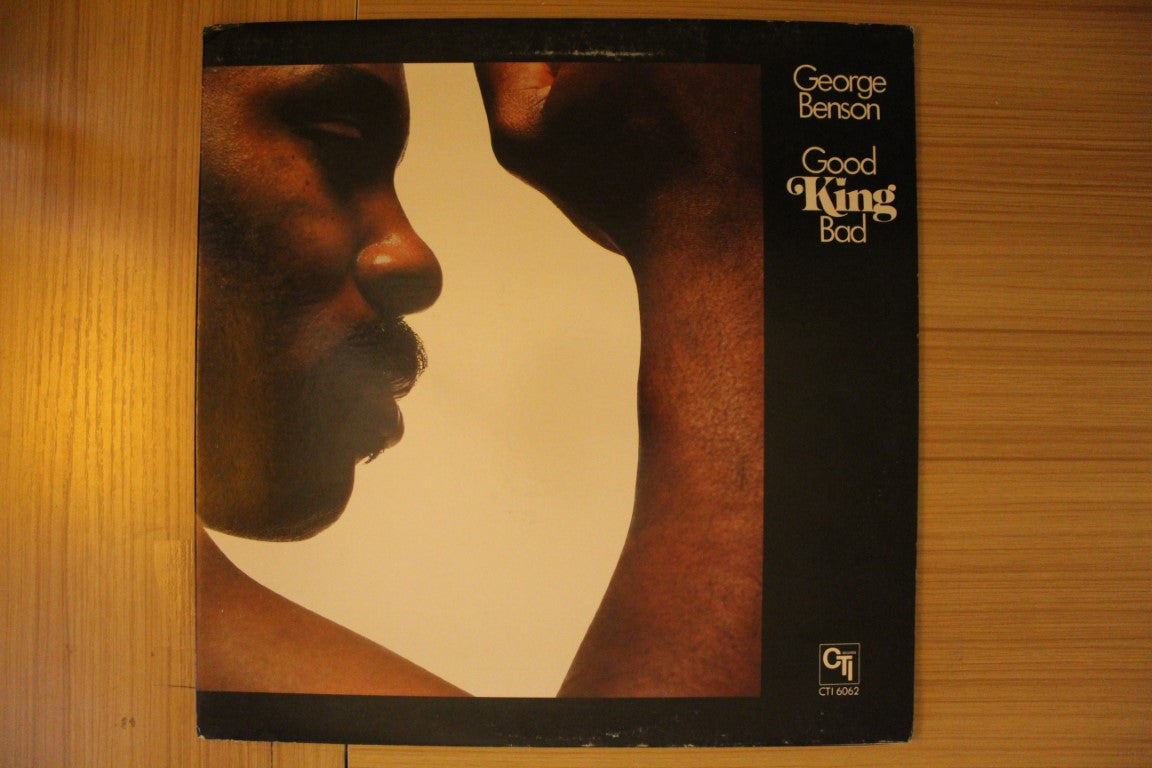Understanding the Paradox: Good King Bad Cheap
In the realm of consumer goods and services, a peculiar phenomenon often emerges: the coexistence of high-quality, affordable, and seemingly contradictory offerings. This paradox is encapsulated in the phrase Good King Bad Cheap. At first glance, it appears to be a confusing combination of attributes. However, delving deeper, we find that this concept speaks to the heart of consumer decision-making and the strategies businesses employ to attract and retain customers.
The Concept of Good King Bad Cheap
The term Good King Bad Cheap might seem enigmatic, but it essentially refers to products or services that manage to strike a balance between being of high quality (the "Good King") and affordable (the "Cheap"). The "Bad" in this context could imply that there are compromises or trade-offs involved, which might not be immediately apparent to consumers. This concept challenges the traditional view that high quality and affordability are mutually exclusive.
The Appeal of Good King Bad Cheap
So, why do consumers find Good King Bad Cheap options so appealing? The answer lies in the value proposition. In a market saturated with premium products that come with hefty price tags, the promise of quality at a lower price is incredibly attractive. Consumers are drawn to these offerings because they perceive them as providing significant value for money. This perception is not unfounded, as many businesses have successfully implemented strategies that allow them to offer high-quality products at competitive prices.
The Strategy Behind Good King Bad Cheap
Businesses that successfully market Good King Bad Cheap products often employ a variety of strategies. These can include efficient supply chain management, economies of scale, innovative production techniques, and targeted marketing campaigns. By optimizing these areas, companies can reduce costs without compromising on quality. For instance, a company might use technology to streamline its manufacturing process, thereby reducing waste and lowering production costs.
A Real-World Example
Consider the case of a company that specializes in eco-friendly home goods. By leveraging sustainable materials and efficient manufacturing processes, they can offer high-quality products at prices that are significantly lower than their competitors. This approach not only appeals to environmentally conscious consumers but also positions the company as a leader in the market for affordable, sustainable products. Good King Bad Cheap options like these are increasingly popular among consumers who are looking for value without sacrificing quality.
Challenges and Considerations
While Good King Bad Cheap products can be highly appealing, there are challenges and considerations for both businesses and consumers. For businesses, maintaining quality while keeping costs low is a delicate balance. There is always a risk that in attempting to cut costs, quality might be compromised, which can damage the brand's reputation. For consumers, the challenge lies in making informed decisions. With so many options available, it can be difficult to discern whether a product truly offers good quality at a fair price.

Conclusion
The concept of Good King Bad Cheap encapsulates the complex dynamics of consumer goods and services, where quality, affordability, and perceived value intersect. By understanding the strategies behind these offerings and the appeal they hold for consumers, businesses can better navigate the market. For consumers, being informed about the potential trade-offs and the true value proposition of Good King Bad Cheap products can lead to more satisfying purchasing decisions. Ultimately, the pursuit of Good King Bad Cheap is about finding that sweet spot where quality and affordability meet, benefiting both businesses and consumers alike. To learn more about how businesses achieve this balance, visit Good King Bad Cheap.